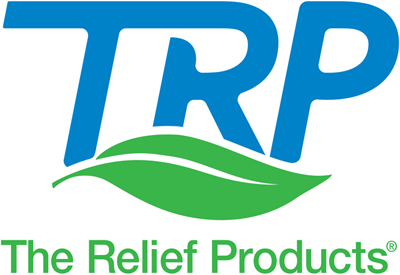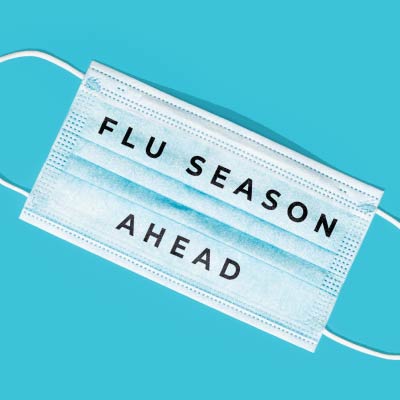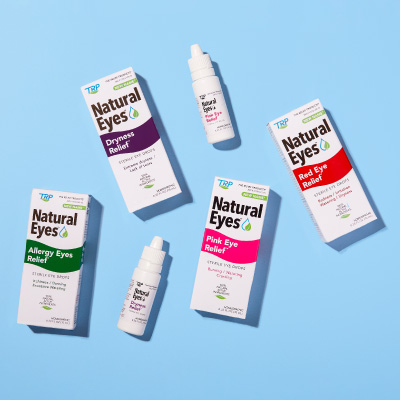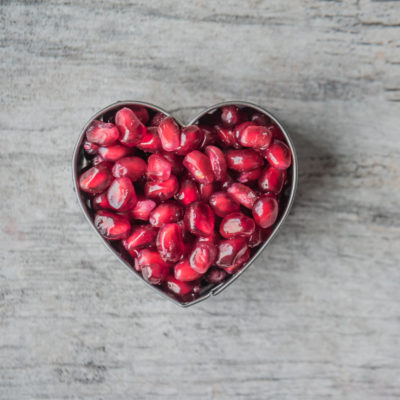It’s once again that time of year. As winter begins to settle in, the weather is getting colder, the days are short, and a new year is upon us. Along with the colder weather, flu season has arrived, which can be an added source of stress and concern given the recent spike in infection rates of covid-19. This year, it is especially important to do everything we can to prevent illness and flu-like symptoms by taking preventative action to support immune health. With so much going on around this time of year, it can be difficult to balance your health, happiness, and everyday life. Join us as we take a deeper dive into what we can expect for this year’s flu season vs. last year, as well as some ways to help prevent sickness. It is key that families stay educated about flu season and have preventative actions in place to deal with potential illness. “On average, about 8% of the U.S. population gets sick from flu each season” says the CDC, with up to 11% of the population (approx. 1 in 10 Americans) experiencing symptoms. While most people are able to recover from the flu within 1-2 weeks, for some it can be life threatening. High-risk groups include adults who are 65 years of age and older, adults with chronic and preexisting conditions such as asthma, heart disease, diabetes, and kidney disease, those who are immunocompromised, children, and women who are pregnant. It is the responsibility of everyone to take appropriate action to help minimize the spread of the flu, especially to those who are most at risk.
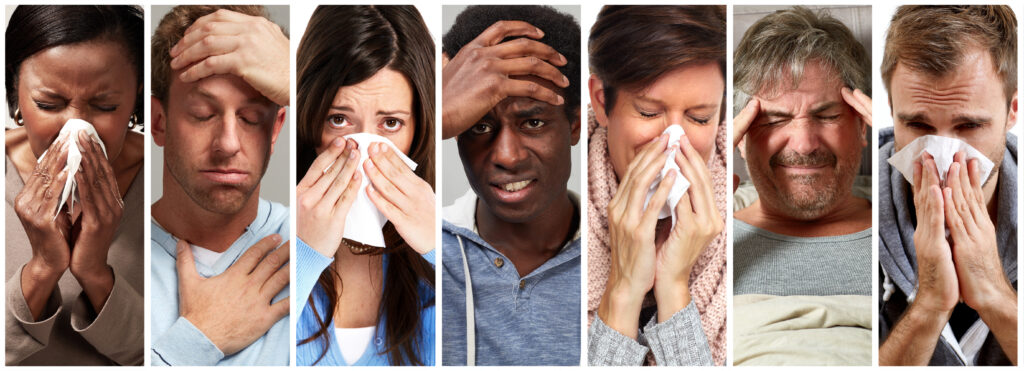
When Does Flu Season Occur?
In the United States, flu season occurs during the late fall and winter months. While many would attribute this to the cold, dry weather, that is not entirely the case. A large contributing factor is the lifestyle many tend to lead during the colder parts of the year. We spend more time inside where germs and airborne illness are more easily spread. As a result of being indoors, we also experience less direct sunlight, which can negatively impact our immune system and general health. With that being said, “every flu season is different, and flu can affect people differently” says the CDC, which is an important variable to consider. If you or someone you know was only sick with the flu for a few days, that does not mean this will be the case for everyone. The flu can be very dangerous for some and can result in more serious illness.
Preventing The Flu
There are many preventative measures we should take to avoid sickness during flu season. By implementing a plan that keeps yourself as safe as possible, we can collectively reduce the spread of illness and potentially save lives. The first and most important precaution you can take is getting your flu shot every year. While September and October are generally the best time to get vaccinated, it is never too late. CDC guidance states “even if you are not able to get vaccinated until November or later, vaccination is still recommended because flu most commonly peaks in February and significant activity can continue into May”. It is important to note that if you are feeling sick at the time of your scheduled flu vaccine, you may need to wait until you are feeling better to get your shot. If you are suffering from a simple cold, you may still be eligible to receive your vaccine, but those with more severe symptoms, including fever, may be asked to wait. If, unfortunately, you’ve already had the flu this season, you may believe you no longer need your flu shot — we’d advise you to reconsider! The vaccine covers multiple flu strains and could help prevent you from getting the flu again. “Annual vaccination remains the best tool for preventing influenza, and vaccine availability is projected at record levels”, says a clinical update from JAMA Insights. Young adults and children are commonly the drivers of the community spread of flu, so it is especially important for young people to get their flu shot. We must all be aware of our significant role in keeping elderly and at-risk populations safe.

In addition to receiving your flu shot, everyday hygiene practices will be the most effective way of fighting the flu. Avoiding contact with people who are sick, washing your hands regularly with soap and water, as well as cleaning and disinfecting commonly touched surfaces are all important steps to maintaining a clean and comfortable home or work environment. While these tasks may seem obvious to some, they are truly the foundation of preventative measures.
Avoid Touching Your Face
Further recommendations include avoiding touching any part of your face, especially your mucosal area (eyes, nose, and mouth) if possible. This is vital to avoiding illness! Touching our face is natural and might be a habit we don’t even think about. According to a 2015 study by The University of New South Wales, on average, people touch their face about 23 times per hour. Out of those averages, about 44% of those touches were to the mucosal area. Touching those parts of your face can allow bacteria or a virus to enter your body. Conversely, if you are already sick, touching those parts of your face can increase your chances of spreading those germs more easily without realizing it. It can be extremely difficult to break any kind of habit, especially one you might not be cognizant of. Wearing a mask is an easy and proactive way to protect the mucosal area of your face.
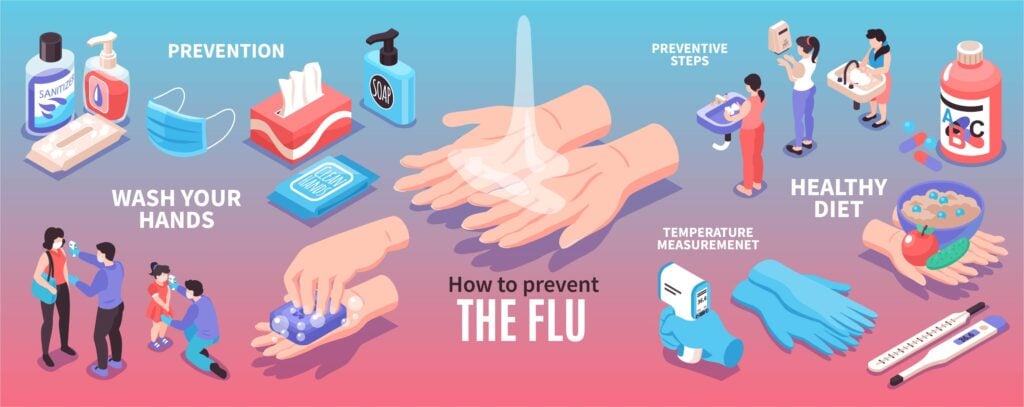
The 2020-2021 flu season had surprisingly low numbers compared to the previous three years. It is widely acknowledged that Covid-19 prevention measures such as wearing face masks, staying home, closing schools, reducing travel, and social distancing all contributed to the decline in flu cases, hospitalizations, and deaths. Although last season was unusually mild, experts are still concerned about this current flu season. If Covid-19 protocols and safeguards are reduced in any capacity, we may be at risk of a much worse flu season than last year. Tracking your symptoms and practicing social distancing (especially when sick) will play a vital role in reducing the spread of illness.
Medicine for Treating Flu Symptoms
Finally, consider investing in some over the counter cold and flu remedies. These can be a helpful tool in fighting cold and flu symptoms, as well as providing preemptive immune health support. Homeopathic products in particular can be advantageous as they provide safe, multi-symptom relief – reducing both the severity and duration of symptoms. The Relief Products® specializes in the manufacturing of homeopathic medicines and has recently expanded capabilities to provide retailers with the most sought-after homeopathic cold & flu products. One of these products, Com-Pare2™ Black Elderberry Cold + Flu Relief®, utilizes the power of the Sambucus plant (commonly known as black elderberry) to provide relief for cold and flu symptoms along with additional immune system support. Black elderberries, considered a super-fruit, are loaded with vitamins and antioxidants that provide many health benefits. Compare the active ingredients in Com-Pare2™’s Black Elderberry Cold + Flu Relief® to those of Sambucol® Black Elderberry, one of the best-selling black elderberry products on the market today. You can also try Walmart’s Equate brand Non-Drowsy Black Elderberry Cold & Flu Relief as well as Walgreens Non-Drowsy Black Elderberry Cold & Flu Relief.
The Relief Products® also offers a homeopathic product formulated specifically for flu symptoms. Com-Pare2™ Flu Relief® utilizes natural active ingredients to provide temporary relief for flu symptoms such as fever, chills, headache, dry cough, sore throat, runny nose, severe aches, weakness, and fatigue. Compare the active ingredients in this formulation with those of Boiron’s Oscillococcinum®, one of the best-selling homeopathic cold & flu products available today. You may also want to try Walmart’s Equate brand Non-Drowsy Flu Relief® or CVS brand Non-Drowsy Flu Relief®.

All of the above offerings come in the form of fast dissolving tablets, which dissolve under your tongue in about 30 seconds. This process of absorption (sublingual, under the tongue) has been proven as the optimal way for the ingredients to be rapidly absorbed into your system. These natural remedies are suitable for adults and children and provide temporary relief for common cold and flu symptoms such as nasal and sinus congestion, runny nose, sore throat, coughing, sneezing, and chills and fever. These products are meant to complement, not replace, standard medical treatment. If you are feeling ill, we always recommend consulting a doctor or physician to ensure your symptoms are not being caused by something more serious.
In conclusion, this year’s flu season has the potential to be one of the worst to date. Now is the time to get vaccinated if you haven’t already! By wearing a mask, practicing good hygiene, social distancing, and using OTC cold & flu medicine, we can reduce the spread and protect those who are most at risk. Influenza is a unique virus with the ability to constantly change and mutate, similar to Covid. What’s most important is staying ahead of the curve when it comes to the prevention, detection, immunity, and spread of illness in our communities.
